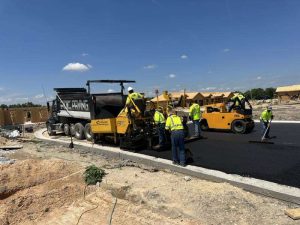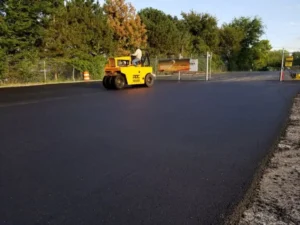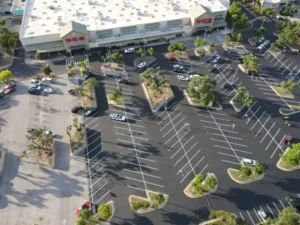
What Is the Best Way to Reduce the Need for Asphalt Repairs?
Although it is impossible to entirely prevent damage to an asphalt pavement, an effective paving maintenance plan is highly beneficial. Proper asphalt maintenance can reduce the number of asphalt repairs you will need as well as their costs. Your plan should include periodic applications of sealcoating, prompt crack repairs, and regular cleanings.
What Asphalt Repair Techniques Are Used the Most Often?
Most asphalt paving maintenance contractors receive more requests for crack repairs than any other type of repair. However, pothole repairs run a close second. Requests to repair alligator cracking are also high on the list.
1. Most contractors consider routine crack repairs as maintenance procedures rather than repairs. Depending on the nature of the crack, contractors can seal or fill it. Routine crack repairs are typically fast and economical. However, if they are neglected, they can soon lead to potholes and alligator cracking.
2. A pothole repair will usually entail patching. A long-lasting asphalt patch will require the contractor to remove the pavement that contains the damage. If the base needs a repair or alteration, the contractor will perform full-depth asphalt patching. This involves removing a rectangle or square of pavement to expose the base. After repairing the base, the contractor then installs new asphalt as a replacement. If the pothole is comparatively shallow, partial-depth asphalt patching may be the better option. The only difference between the two patching methods is that the partial-depth method does not expose the base.
3. Contractors can often repair alligator cracking with a full-depth patch. Since alligator cracking almost always indicates damage to the base, a partial-depth patch is not the ideal repair method.
Are There Other Methods a Contractor Might Recommend for an Asphalt Repair?
There is one particular procedure that is versatile enough to be used for a variety of asphalt repairs. Contractors refer to it as either asphalt resurfacing or an asphalt overlay.
1. The contractor will grind off the existing asphalt pavement to a specific depth. On most jobs, the depth will be somewhere between one and three inches.
2. Frequently, the grinding will remove all traces of damage, but the damage sometimes goes deeper. If so, the contractor will make the necessary asphalt repairs.
3. The contractor may apply a tack coat to help the existing pavement and the replacement asphalt adhere to each other.
4. The contractor will install an adequate number of asphalt courses to return the pavement to its original elevation.
If you have any questions, contact the asphalt paving experts at RDC Paving for answers. We have extensive experience, an exceptional reputation, and the resources to handle projects of all scopes. Our services include asphalt repair and crack repairs, asphalt paving and resurfacing, sealcoating, asphalt milling, parking lot striping, driveway paving, ADA-compliant concrete, parking lot maintenance plans, concrete repairs, and the construction of concrete sidewalks, parking lots, ramps, and curbs. We serve many locations throughout Central Texas, so contact us for a free job quote. You can submit our online form, or give us a call at 512-920-9155.




